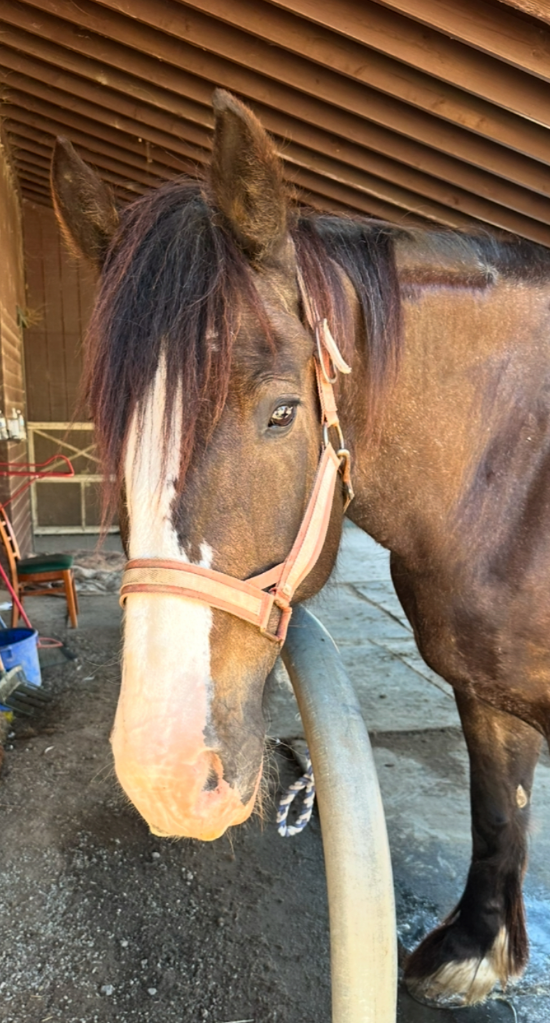Over the past three decades, humanity has been sending rovers to explore our planetary neighbor, Mars. The first Mars rover, the Sojourner Rover, landed July 4, 1997. Since then, the United States has landed four more rovers on Mars.
Of those five, the only ones currently active are the Curiosity Rover and the Perseverance Rover. These two rovers are on a mission to better understand the aqueous history of Mars. “Curiosity’s primary role is to characterize the habitable environments of Mars billions of years ago, while the role of Perseverance is to collect samples for Mars Samples Return,” says Adrian Broz, a member of the Mars Rover Team at NASA.
The Perseverance Rover does this with the help of its SHERLOC (Scanning Habitable Environments with Raman and Luminescence for Organics and Chemicals) instrument which, hence its name, assesses samples taken by the rover for signs of ancient aqueous or habitable environments. With the help of its sample carousel, (with a carrying capacity of roughly 30 samples!) Perseverance is able to identify organic chemical signatures on Mars.

“We primarily look for fine-grained rocks that contain clay minerals and sulfate minerals. Based on what we know from Earth’s oldest rocks; those with fine-grained textures, clay minerals and sulfates often have the best chance to preserve residues of ancient life, known as ‘biosignatures,’” Broz informed our team when questioned about what Perseverance looks for in a sample.
On July 21 of this year, the Perseverance Rover took a sample from a rock, titled Cheyava rock, which displayed characteristics similar to rocks found on Earth that host endoliths. Endoliths are microbes that live inside of rocks, or inhabit the tiny pores between grains of minerals. There are thousands of different species and all of them are diverse, many coming from other domains such as bacteria. Endolith environments are also varied, and they can be found all the way from the surface down to several miles into the crust of Earth. They create what scientists call biosignatures in the rocks they inhabit by reacting chemically with minerals and compounds in the rocks. Biosignatures are simply any characteristic of a thing that hints at past life.
The biosignatures of the sample collected by the rover show similarities to those that can be found on our planet. The patterns in the rock suggest that life could have inhabited it. Ken Farley, a Perseverance project scientist of Caltech at Pasadena, says that “…we have our first compelling detection of organic material…” Farely is referring to the small amounts of olivine, iron, and phosphate found in the sample. While the olivine was found in its own clusters, the iron and phosphate was found in rings around dozens of tiny white spots in the rock, which is strikingly similar to the endoliths on Earth. The reactions involving these minerals are known to be energy sources for lithospheric life on Earth, and are often found with fossilized subsurface microbes.

Cheyava rock was named after Cheyava Falls in the Grand Canyon. The rock has a multitude of white calcium veins formed by years of calcium carbonate precipitating from the water that once flowed through it, which inspired the name. This water would be one of the final components necessary for supporting endolithic life on Mars. That being said, the presence of past life is not guaranteed. Scientists at NASA say that the leopard spot patterns and olivine could instead have been formed by a chemical reaction as the rock was formed by the crystallization of magma.
As of yet, no decisive conclusion has been reached by NASA. Farley states that “Scientifically, Perseverance has nothing more to give.” Farley then explains that in order to perform further research, the Chevaya rock must be brought back to Earth, where the team can examine it with instruments that have a higher quality and power than those found in the rover. It’s likely that the sample will soon be transported to the laboratories here on Earth, where the experts at NASA can hopefully use it to make a definitive claim about microbial life on Mars.
Whether or not this rock once hosted life on Mars, this discovery is a testament to how advanced technology has become within only the past few decades. The Mars Rovers are remarkable pieces of machinery that allow humanity the ability to seek the knowledge we crave. With the help of these rovers, we continue to learn more about our neighbor, Mars.



























